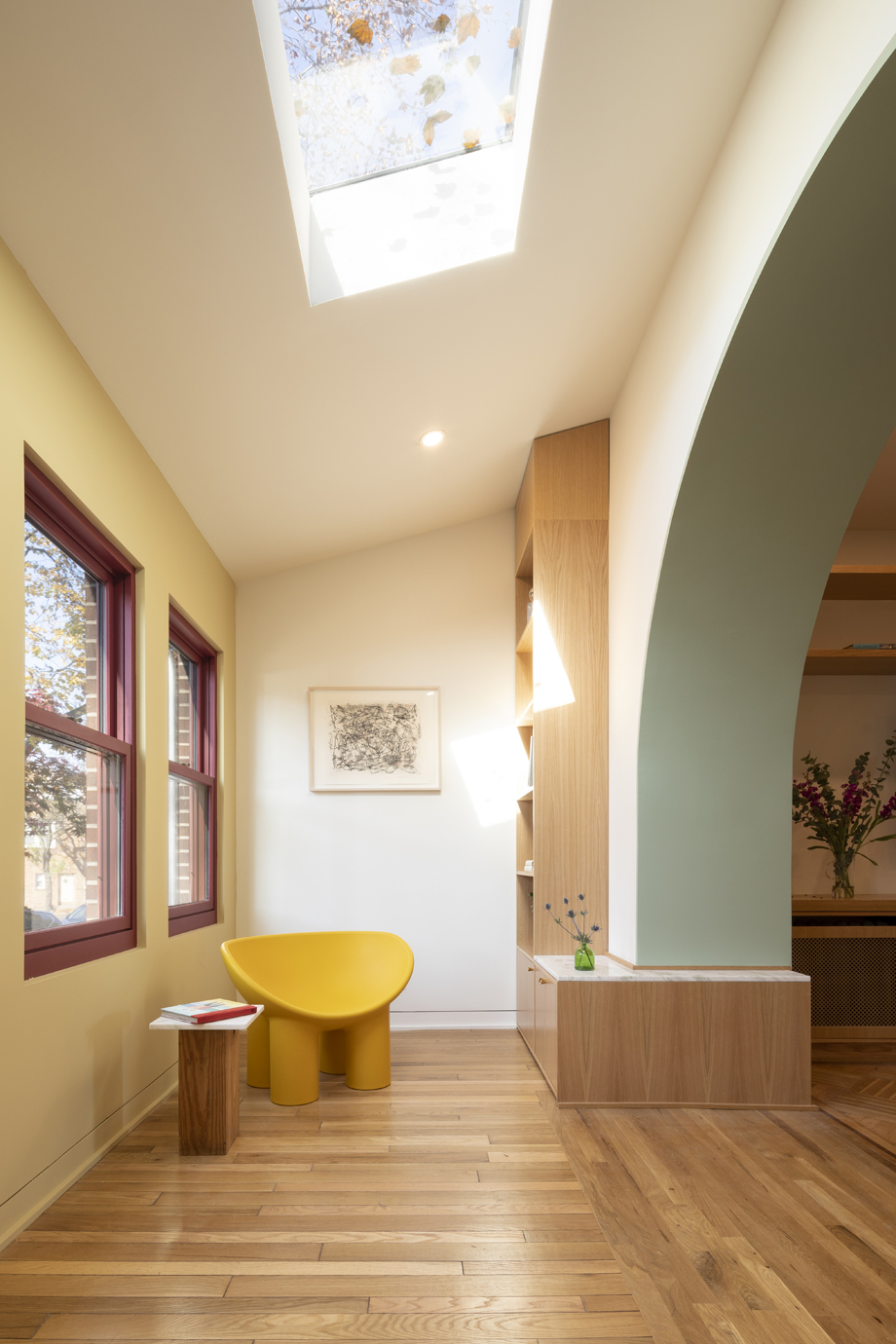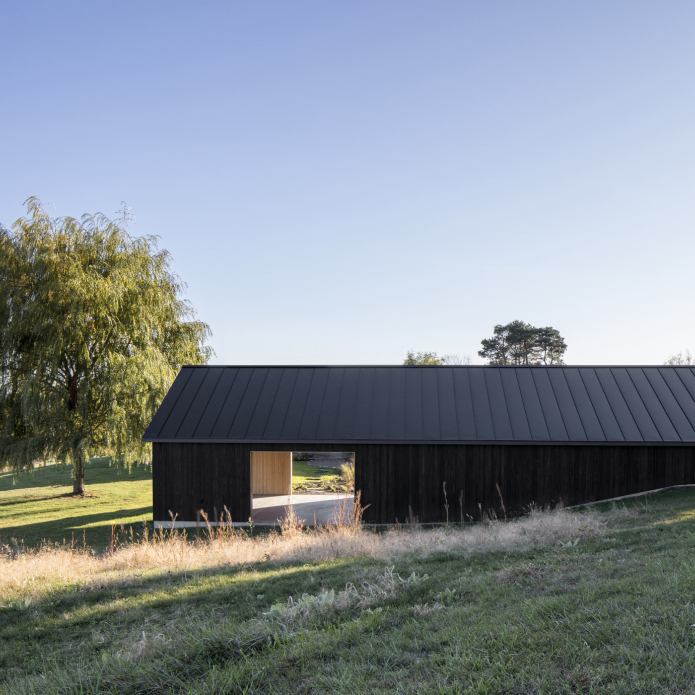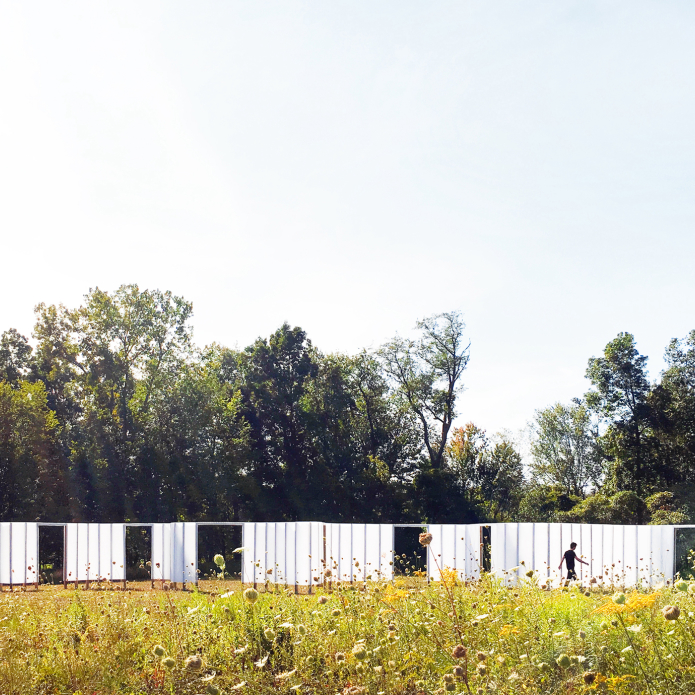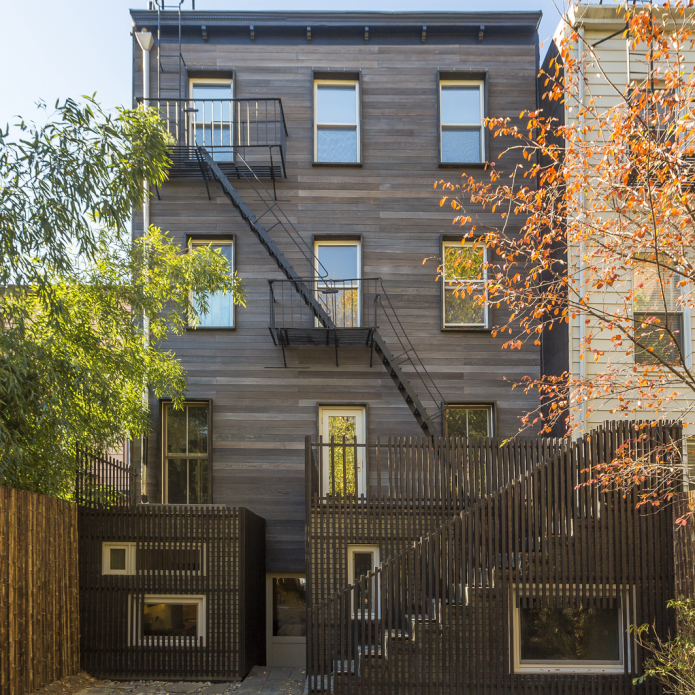
“The fastness of technology and the slowness of architecture often create a lot of friction, and it’s somewhere in that paradox that is interesting to us. How do you challenge the slowness of architecture and the fastness of tech?” asks architect Lane Rick. As co-principal of the New York office of architecture studio Office of Things, a role she shares with her partner Can Vu Bui, Rick explores that question firsthand. The firm, which also has offices in Chicago and Charlottesville, Virginia, acts as a sort of collective of five partners: Rick, Vu Bui, JT Bachman, Katie Stranix and Vincent Calabro. For Google and YouTube, it has recently designed a series of immersive spaces: programmable, color-changing rooms for meditation, relaxation and calm in the workplace. Taking cues from light installations by artists like James Turrell, Carlos Cruz-Diez and Ólafur Elíasson, these sculptural rooms are tech-heavy, yet design-forward. The key to making sure your technology doesn’t become outdated before your architecture is built? Hide it, the architects say. “We always ask ourselves, ‘If the technology part breaks, would you notice something is missing?’ To us, it’s really important you don’t,” Rick explains.
This way of thinking has led the firm also to a few larger existential questions, specifically their own role as architects in a design world that is being increasingly encroached upon by the population of HGTV-watching DIYers. Renovation “hacks” and kit-of-parts building are not new, but in yesteryear, a home bought in a Sears catalog might be constructed and customized by a professional architect. There are many more products nowadays whose specific purpose is to avoid a licensed professional.
“Navigating between what is generic and what is special means creating specificity to play off the generic,” says Rick, who is doing research with Google to explore the most efficient version of this concept. For its current residential projects with smaller budgets, a townhouse in Queens in collaboration with Matthew Storrie and a brownstone in Brooklyn, Office of Things has yet again embraced the paradox. At the former, for example, the firm added interior arches to guide light through the home in an interesting way. Says Vu Bui: “We’re constantly thinking about how we can retool that idea to better benefit the architecture and design world.”




